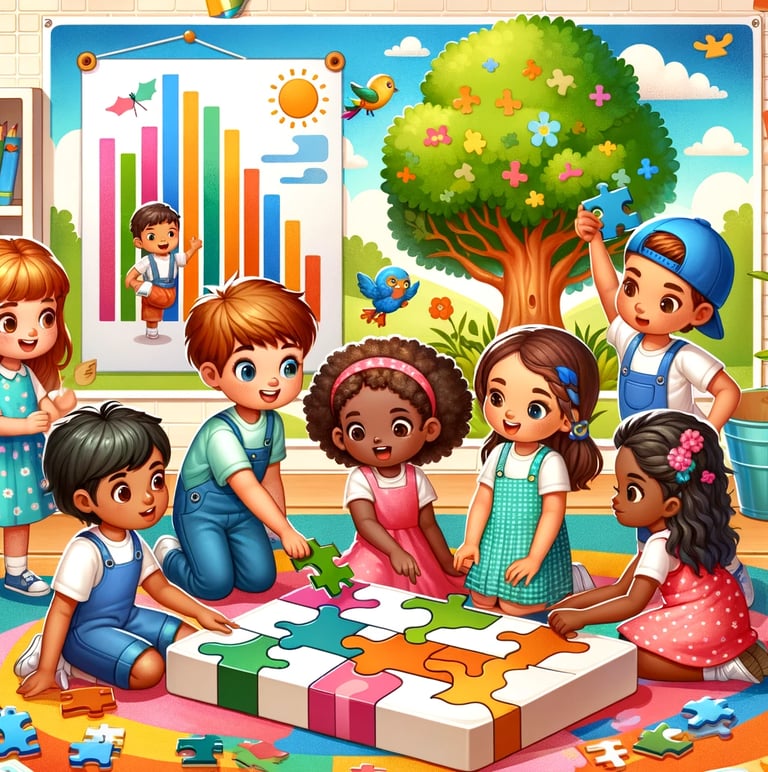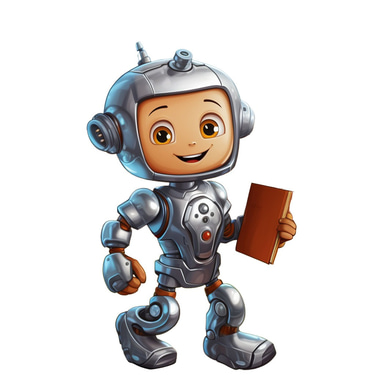Activity: The Cat-or-Not Cat Detective Game
Objective:
Help kids understand how AI makes decisions using binary choices (Yes/No, 1/0). The goal is to classify images as either "Cat" or "Not a Cat."
Materials:
A set of printed or digital images (a mix of cats, dogs, objects, and other animals).
A simple checklist of "Cat Features" (e.g., whiskers, pointy ears, fur, etc.).
"Detective Badges" (optional, for fun!).
A whiteboard or large sheet of paper to track decisions.
Small tokens or stickers (optional, for rewards).


Setup:
Introduction:
Start by explaining that they will pretend to be AI detectives.
Share a quick story: "Imagine you’re training a robot to recognize cats. The robot doesn’t know what a cat is, so you have to teach it step by step!"
Create the Checklist:
With the kids, list features that make something a cat. Keep it simple, such as:
Whiskers? Yes/No
Pointy ears? Yes/No
Fur? Yes/No
Makes a "Meow" sound? Yes/No
Has a tail? Yes/No
Each feature represents a "Yes" or "No" decision—a binary choice.
How to Play:
Round 1: The Detective Game:
Show an image to the kids (one at a time).
Ask the group to go through the checklist:
Example: “Does this have whiskers?” Kids shout, "Yes!" or "No!"
If the image has most of the “cat features,” classify it as “Cat.” If not, classify it as “Not a Cat.”
Round 2: Training the AI:
Pick a few kids to play the "robot" that only answers Yes/No based on the checklist.
The rest of the group acts as the AI trainers, giving instructions like, "Does it have pointy ears?"
The robot makes decisions until the group agrees if it’s a “Cat” or “Not a Cat.”
Round 3: Introduce Trickier Cases:
Add images that are harder to classify, like lions, tigers, or cartoon animals. Discuss why some decisions are harder for both people and AI.
Explain that this is why AI needs lots of examples to learn!
Discussion Questions:
“What was easy or hard about deciding if something was a cat?”
“How does the checklist help us make decisions?”
“Do you think AI always gets things right? Why or why not?”
“What if a picture of a cat was blurry—how would that change your decision?”
Extensions for Older Kids:
Scoring the AI:
Assign points for how many “Cats” the AI robot got right or wrong. Introduce the idea of "accuracy" in AI decision-making.
Teaching AI with New Data:
Allow kids to add new features to the checklist, like “small size” or “lives indoors,” to improve the AI's decisions.
Takeaway:
By playing this game, kids learn:
How binary decision-making works.
Why AI relies on clear rules and examples.
That AI gets better with training, just like they do when learning new skills.
And most importantly—they'll have lots of fun being Cat Detectives! 🐾
